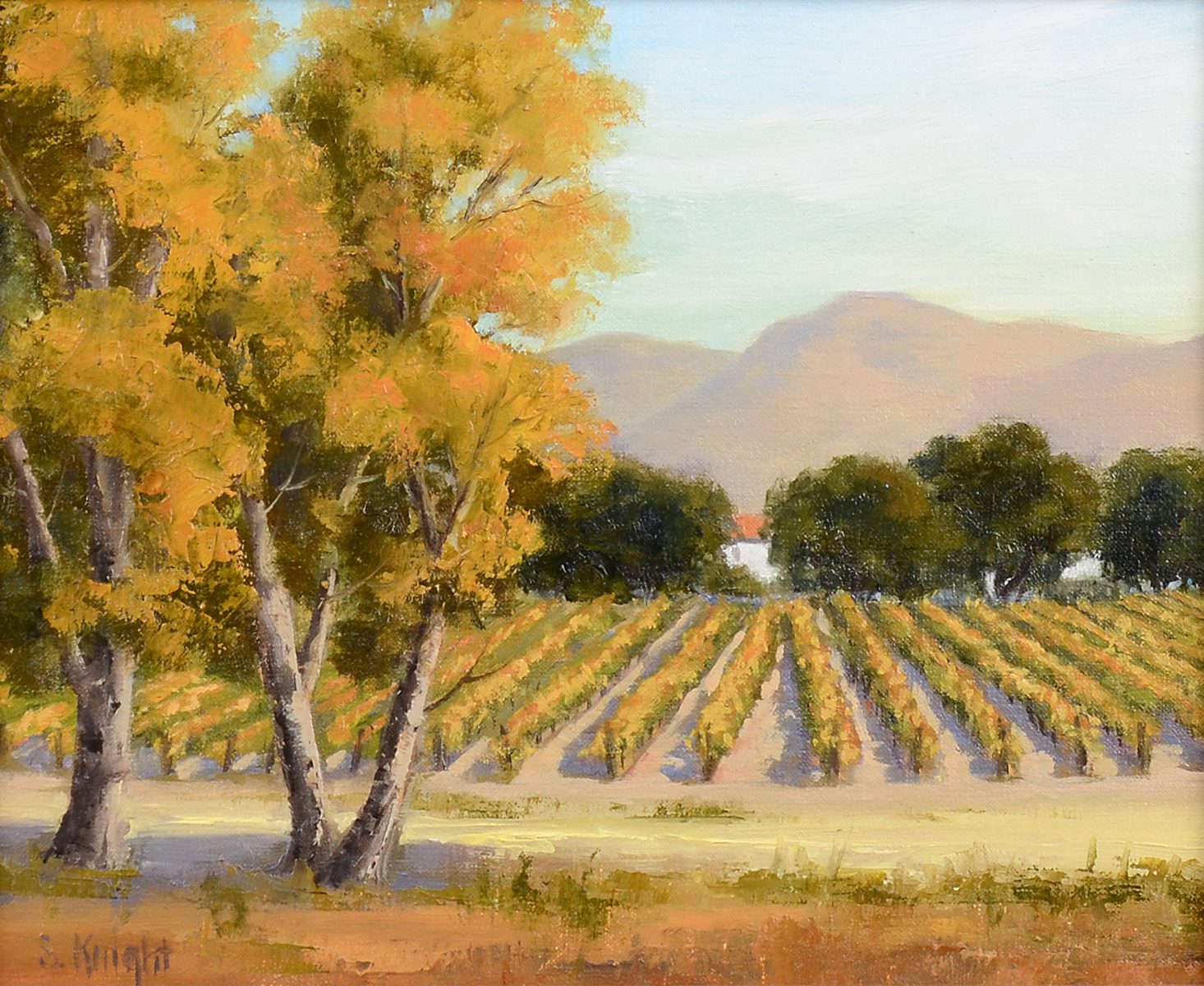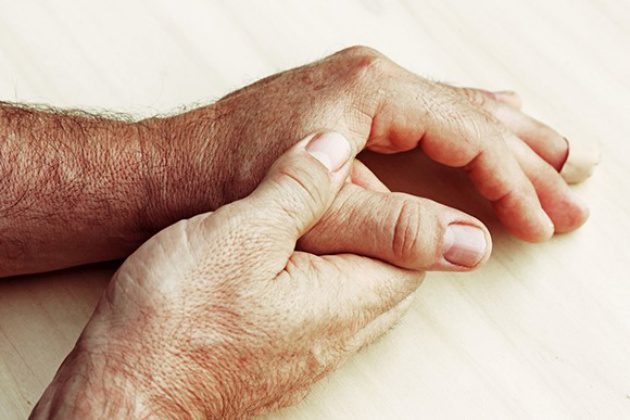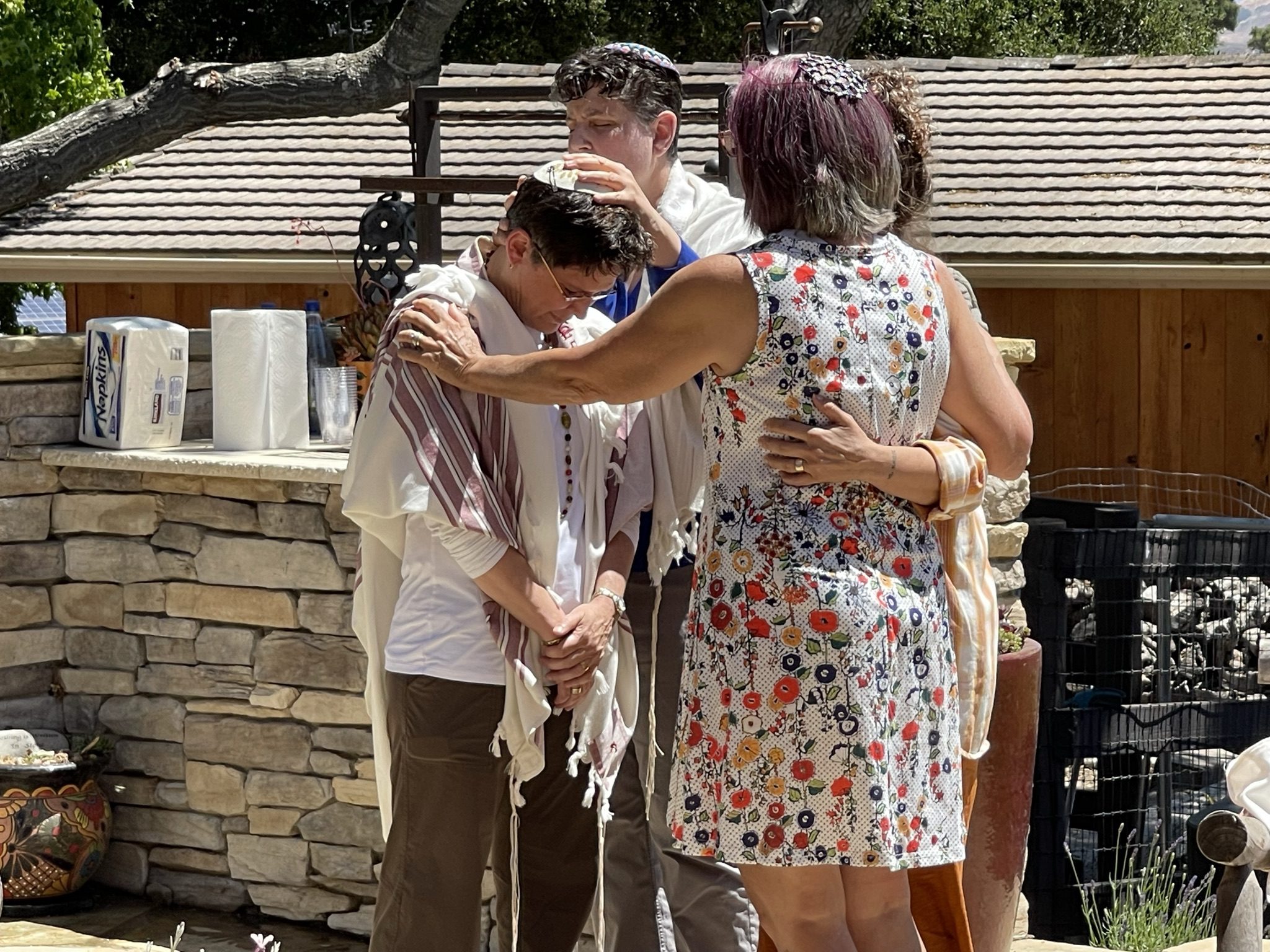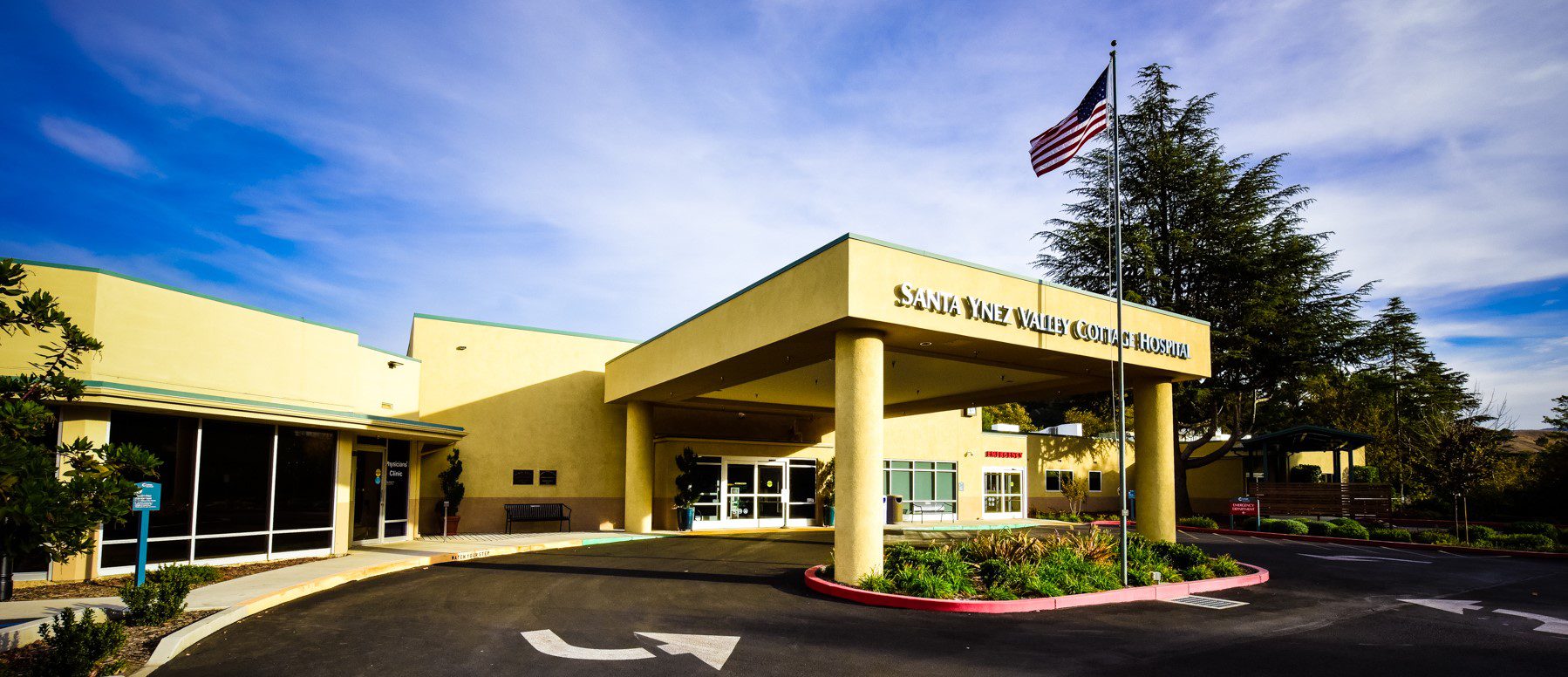By John Copeland
Contributing Writer
Have you noticed the changes going on around us? The sun is rising later and setting earlier, too. The days are noticeably shorter. Even though the days are warm, the evenings are cooling off a little quicker.
Wednesday, Sept. 22, is the autumn equinox. Although the equinox happens at the same moment worldwide, the time of its arrival depends on where you are. Here in the Santa Ynez Valley, fall will sweep in at 12:30 p.m. PDT, just in time for lunch. In the southern hemisphere, instead of fall it, it will be the first day of spring.
There are two equinoxes every year, one in September and one in March. The equinox occurs when the sun shines directly on the equator and the length of day and night is nearly equal.
But just what is an equinox? Our early ancestors used the sky as both a clock and a calendar. They could easily see that the sun’s path across the sky, the length of daylight, and the location of the sunrise and sunset all shift throughout the year.
Today, we know equinoxes are astronomical events, caused by Earth’s tilt on its axis and orbit around the sun. Because Earth doesn’t orbit upright, but is tilted on its axis by 23 1/2 degrees, Earth’s Northern and Southern hemispheres trade places throughout the year in receiving the sun’s light and warmth most directly.
In the fall, as the North Pole begins to tilt away from the sun, cooler weather comes to the Northern Hemisphere because sunlight is no longer falling directly on this part of Earth. Our hours of daylight will continue shortening, until the winter solstice in December.
Because the word “equinox” comes from two Latin words “aequus” (equal) and “nox” (night), you might logically think that equinox would mean that the lengths of day and night are equal. But in Santa Ynez, day and night aren’t equal until Sept. 26. They’re just under 10 minutes off on the 22nd. The reason it does not occur at the equinox has to do with the sunrise and sunset being measured by the edges of the sun and not the geometric center of the sun and the diffraction of the sunlight as it passes through Earth’s atmosphere. The more precise event that occurs on the equinox is that the sun rises exactly in the east and sets exactly in the west.
You may have noticed the dates of the two equinoxes, autumn and spring, often vary from year to year. Have you ever wondered why?
The short answer is that the calendar we use, the Gregorian calendar, is imperfect.
Although it does a better job of keeping the equinoxes around the same date than most ancient calendars did, its days and months don’t precisely represent the position of Earth in its orbit around the sun.
The equinox would fall on exactly the same day each year if Earth completed its orbit in exactly 365 days. But it actually takes about 365.25 days. That extra quarter day means that the equinoxes occur 6 hours later each year, which pushes the date of the equinox around from year to year.
The autumn equinox is closely associated with harvest time. The full moon closest to the autumn equinox is also known as the Harvest Moon, since farmers were able to harvest their crops during the night with the light of the full moon to aid them. This year the Harvest Moon will occur after the equinox on Oct. 20.
Every agrarian culture I’ve read about celebrated the year’s harvest. Most of them were observed between the Autumn Equinox and Halloween or Samhain, on Oct. 31. The word harvest comes from the Anglo-Saxon word “hærfest,” which was their word for autumn. Over time it has come to mean the season for reaping and gathering grain and other crops.
In the distant past of Northern Europe, grain stalks were tied together symbolizing the Harvest Lord and burned. The ashes were scattered upon the earth. The Harvest Queen, or Kern Baby, was made from the last sheaf of the harvest and bundled by the reapers who would proclaim “We have the Kern!” The sheaf was dressed in a white frock decorated with colorful ribbons depicting spring, and then hung upon a pole.
By the Middle Ages, the Christian church had replaced earlier pagan equinox celebrations with Michaelmas, the feast of the Archangel Michael, held on Sept. 29. His feast was celebrated with a traditional well-fattened goose, which had fed on the stubble of the fields after the harvest. In many places, a there was also a tradition of special large loaves of bread made only for that day. The harvest had to be completed by Michaelmas so the new cycle of farming would begin. It was also a time for beginning new leases, settling accounts and paying the annual dues.
Rosh Hashanah, the Jewish new year, is celebrated around the September equinox. Rosh Hashanah is calculated as 163 days after the first day of Passover, which itself is calculated by the March equinox.
The September equinox marks the first day of Mehr or Libra in the Iranian calendar. It is also the Iranian festival Jashne Mihragan, which dates back to the distant days of Zoroastrianism.
One of the benefits of autumn is its pace. Where spring and summer demand your attention and winter brings delights and discomforts in equal measure, fall invites you simply to slow down and watch the world shift seasons. So get outside and enjoy the seasonal change.







